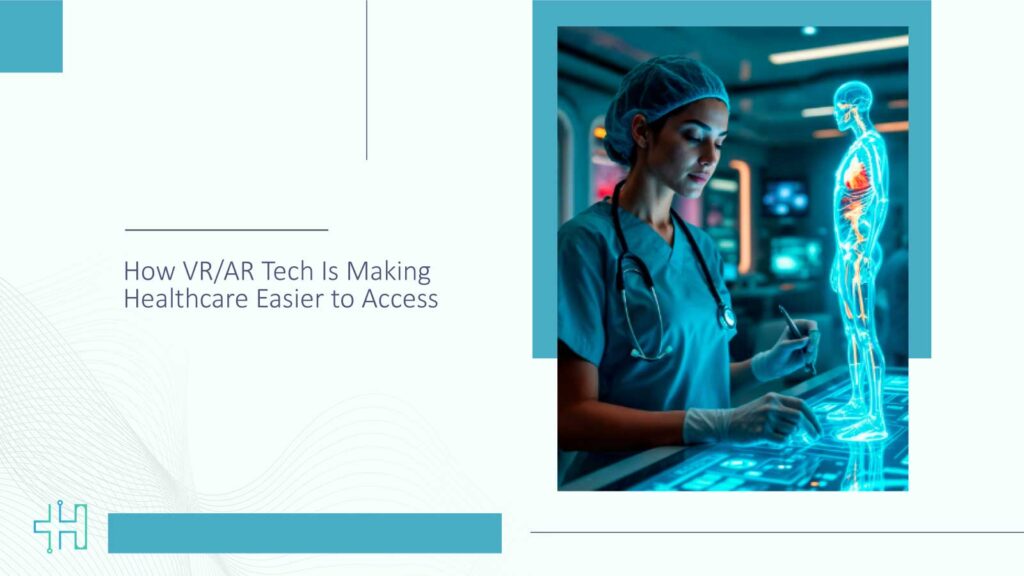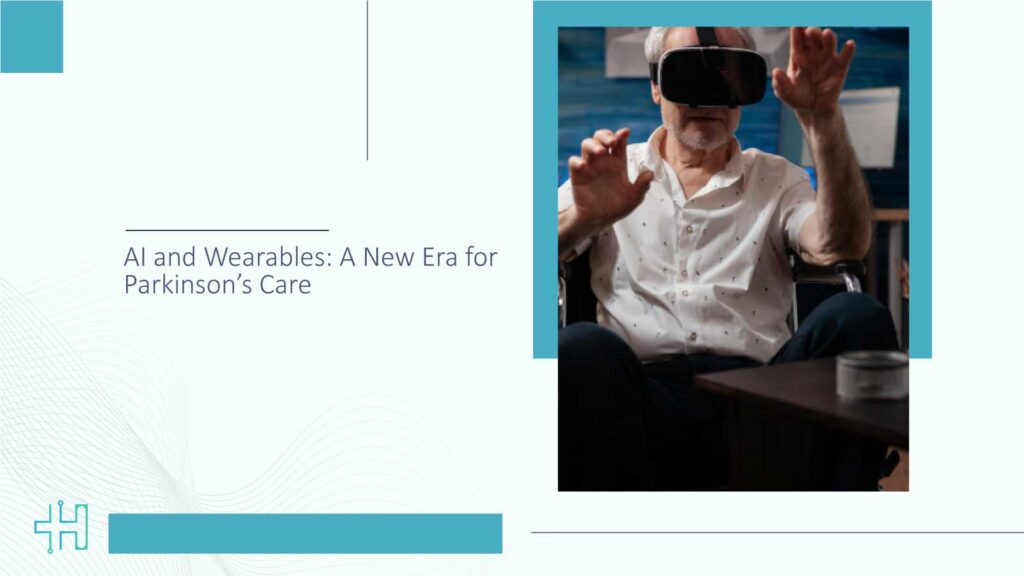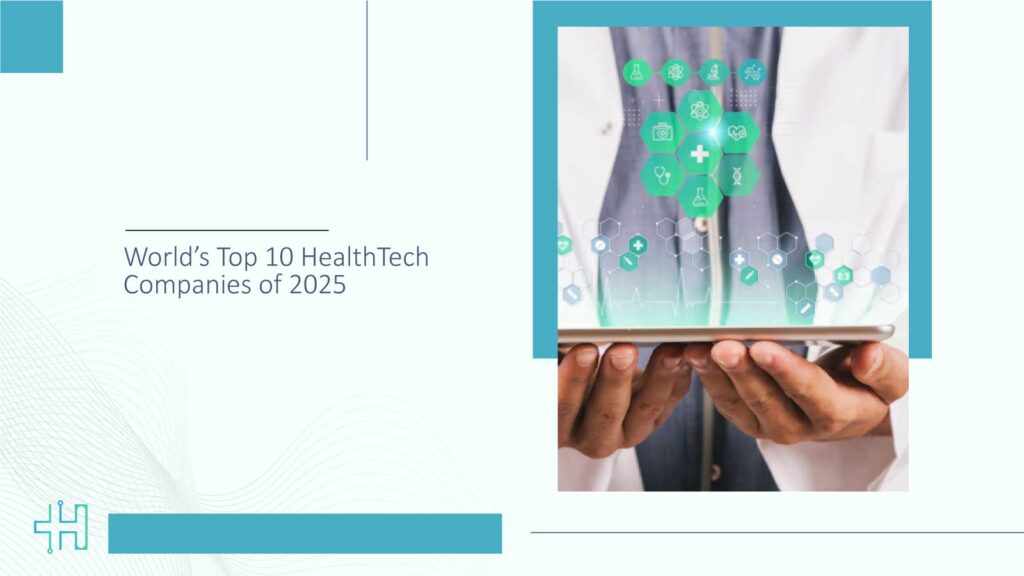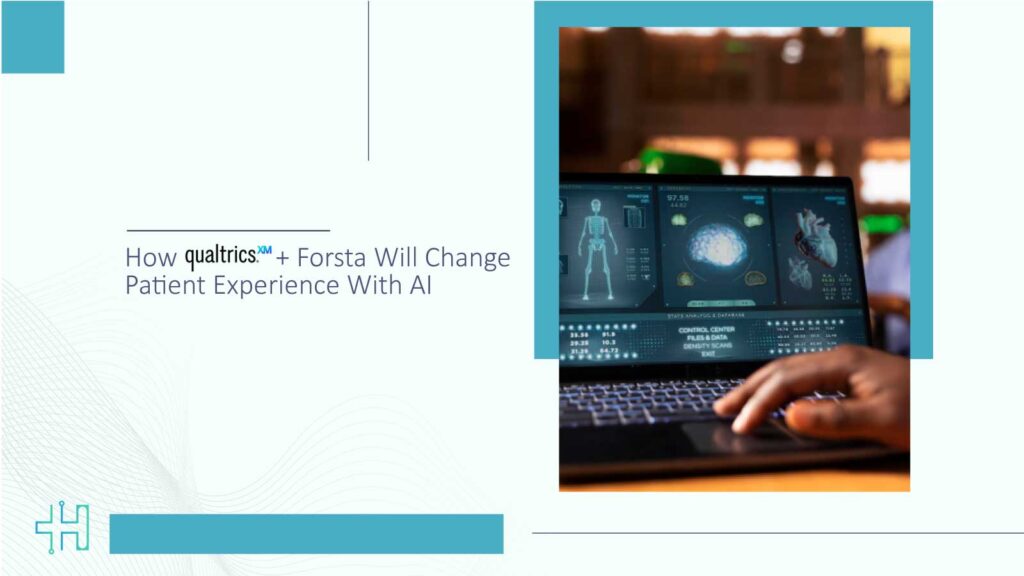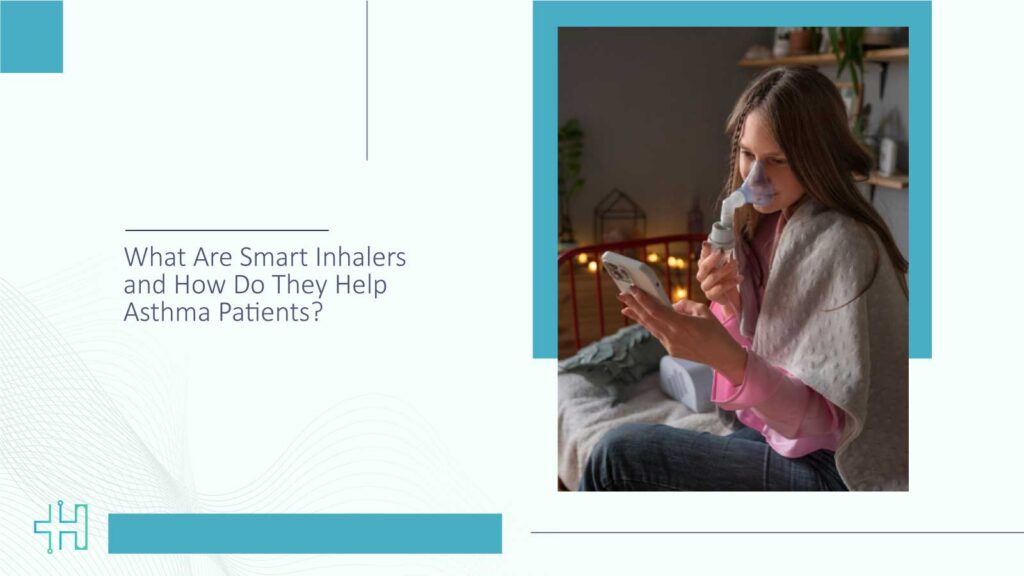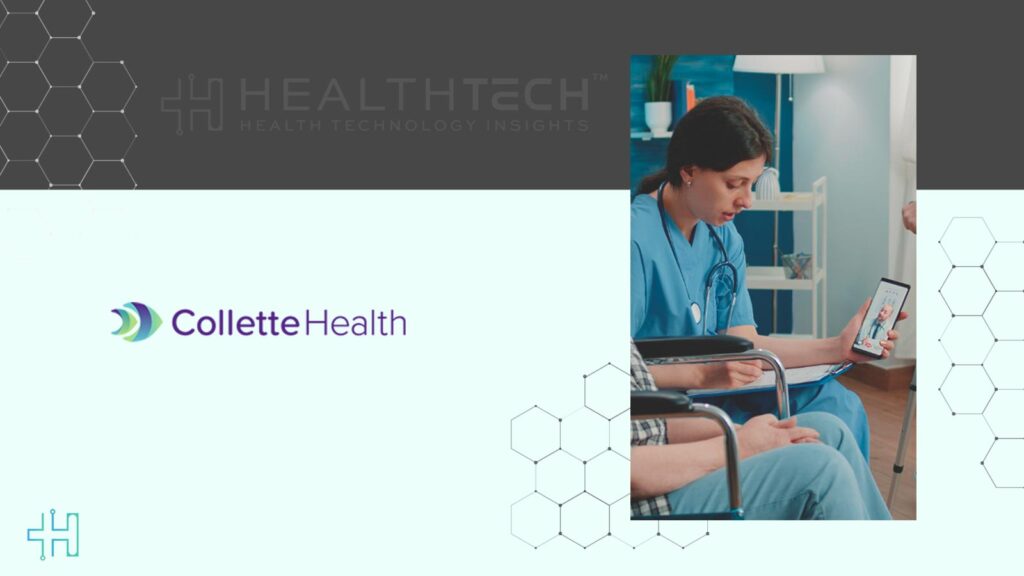The last two years have witnessed Virtual Reality (VR) and Augmented Reality (AR) technology proving to be game changers in most sectors, including healthcare. Immersive technologies provide new means of providing medical care, training health professionals, and providing patient care – all without the traditional barriers to access. There are health disparities and access problems in the United States on a constant basis, and VR and AR have the ability to extend quality care to more people.
The global AR and VR in healthcare market is estimated to register a CAGR of 19.22% from 2025 to 2035. From telemedicine consultations in rural settings to new types of therapy for mental illness, VR/AR is changing the access patients have to clinicians and care. This article looks at how these technologies are reshaping access to healthcare, both the potential and the negative aspects of the US healthcare system.
A Primer on VR and AR and What They Do Differently
One needs to understand the differences between virtual reality and augmented reality in order to fully appreciate their impact.
Virtual reality (VR) takes users to a world that’s all-digital. Through VR headsets, patients or physicians can enter simulated rooms that mimic real or imagined locations. For example, VR can allow a patient to ‘travel’ to a calming virtual place as part of therapy, or it can transport a surgeon into a 3D model of a patient’s anatomy to practice a challenging procedure.
Augmented Reality (AR) places computer-generated data on top of the real environment, typically via smartphones, tablets, or AR glasses. AR supports medical professionals by casting important data or guides onto patients while operating, or helps patients by having treatment plans cast onto their bodies.
Both technologies are picking up speed throughout the US healthcare industry. As reported recently, investment in health startups for VR/AR has picked up pace, and pilot programs at hospitals and clinics show encouraging trends towards better access and outcomes.
How VR/AR Increases Healthcare Accessibility
One of the most important ways in which VR and AR are simplifying access to care is by obliterating geographic and physical barriers that have long restricted care in the US. Tens of millions of Americans reside in rural or underserved communities with a shortage of specialty care or excessive travel distances. VR/AR technologies are closing these gaps in several compelling ways:
1. Remote Consultations and Telemedicine Improvements
Telemedicine has increased exponentially, particularly in the aftermath of the COVID-19 pandemic, but regular video calls could never hope to provide the interaction required for comprehensive diagnosis and patient involvement. VR goes to another level with the creation of life-like virtual clinics where patients and healthcare professionals interact within virtual worlds. This leads to improved patient understanding and improved clinical evaluation without anyone needing to leave home.
For example, patients can walk through a virtual 3D representation of their anatomy or their treatment plan, which aids in better comprehension and informed choice. AR can help remote providers by casting patient information onto a screen or assisting local staff with complicated procedures in real time.
2. Virtual Clinics and Immersive Diagnostics
The virtual clinics based on VR provide accessible, expandable health services. Several forms of services, like physiotherapy, psychological therapy, and rehabilitation, can be offered to patients in these virtual clinics. This is highly effective for mobility-impaired patients, chronically affected patients, or patients who have transportation problems.
Immersive diagnosis with VR also allows healthcare workers to conduct remote evaluations. For instance, balance assessments or mental assessments can be conducted remotely with precision, widening access to experts beyond traditional centers.
3. Defeating Mobility and Disability Barriers
For elderly or disabled patients, traveling to a healthcare center physically isn’t an easy feat. VR presents a safer option in that it brings care to the patient’s environment. It also translates into fewer missed appointments and fewer treatment delays. AR devices also aid the visually impaired and hearing-impaired by supplying context and allowing communication with healthcare workers.
4. Applications: Rural Healthcare, Elderly Care, and Disabled Patients
Some US healthcare systems are currently testing VR/AR applications for underserved communities. AR enables rural clinic nurses to conduct more complex procedures with the support of remote experts. VR is employed by care facilities for older adults to prevent isolation and depression by enabling socialization and stimulation. Disabled patients can access individually tailored VR rehabilitation programs according to their own needs.
Improving Medical Training and Education
The proximity of skilled healthcare professionals also plays a fundamental role in impacting the availability of patient care. Technology can provide remote access for patients, but the caliber of care depends on the skills of the professionals. VR and AR are transforming medical training and education so that healthcare workers become more skilled, irrespective of their location.
1. VR for Simulation-Based Learning
Virtual Reality provides simulation immersion wherein medical students and professionals can rehearse surgeries, emergency care, or diagnostic tests in realistic environments. It is safer, less expensive, and easier to scale than traditional training models. Practitioners in rural or underserved regions can be provided with the same high-quality instruction as urban city practitioners, bridging skill gaps nationwide.
2. AR in Real-Time Guidance
Augmented Reality support during real-time procedures by projecting important information, including patient vitals or surgical navigation commands, over the provider’s line of sight. The assistance improves precision and confidence levels, particularly for less skilled providers.
3. Impact on Healthcare Access
Increased competent medical staff translates to enhanced patient outcomes and increased access to services. Through broader utilization of VR/AR training, health systems can better utilize skilled workers and minimize geographic inequities in access to care. It also facilitates continuous learning, ensuring that workers are current with the fast-changing medical data and procedures.
The Future of VR/AR in Healthcare Accessibility
Looking ahead, VR and AR are poised to become integral to US healthcare systems.
1. Emerging Innovations
Advances like lightweight AR glasses, 5G connectivity, and AI integration will enhance usability and effectiveness. Hybrid models combining VR/AR with AI diagnostics or robotic surgery support will create more personalized, accessible care.
2. Policy and Insurance Support
Greater recognition of VR/AR as reimbursable healthcare services by insurers and supportive federal policies will drive adoption. Pilot programs are already informing regulatory frameworks.
3. Widespread Adoption
Within the next five years, VR/AR could be as common in healthcare as telemedicine is today, helping millions overcome traditional barriers to care.
FAQs
Q1: Why is employee attention so hard to capture with traditional communication methods?
Employees get hundreds of emails every other day, making it easy for important messages to get lost. Long memos or policy documents can feel overwhelming or boring, leading to low engagement.
Q2: How does video content improve employee communication?
Videos combine visuals, sound, and motion to make messages more engaging and easier to understand. This helps employees absorb information faster and remember it longer than plain text.
Q3: Can video content be effective for all types of employees?
Yes, videos can be designed to suit different roles, languages, and learning styles, making them accessible and relevant to a diverse workforce.
Q4: What types of video content work best for employee engagement?
Short explainer videos, leadership messages, training sessions, and animated policy updates are all effective formats that keep viewers interested without overwhelming them.
Q5: How can companies measure the impact of video communication?
Metrics like video views, completion rates, employee feedback, and subsequent performance improvements can help gauge how well video content is working.
Dive deeper into the future of healthcare – Keep reading on Health Technology Insights.
To participate in our interviews, please write to our HealthTech Media Room at sudipto@intentamplify.com

